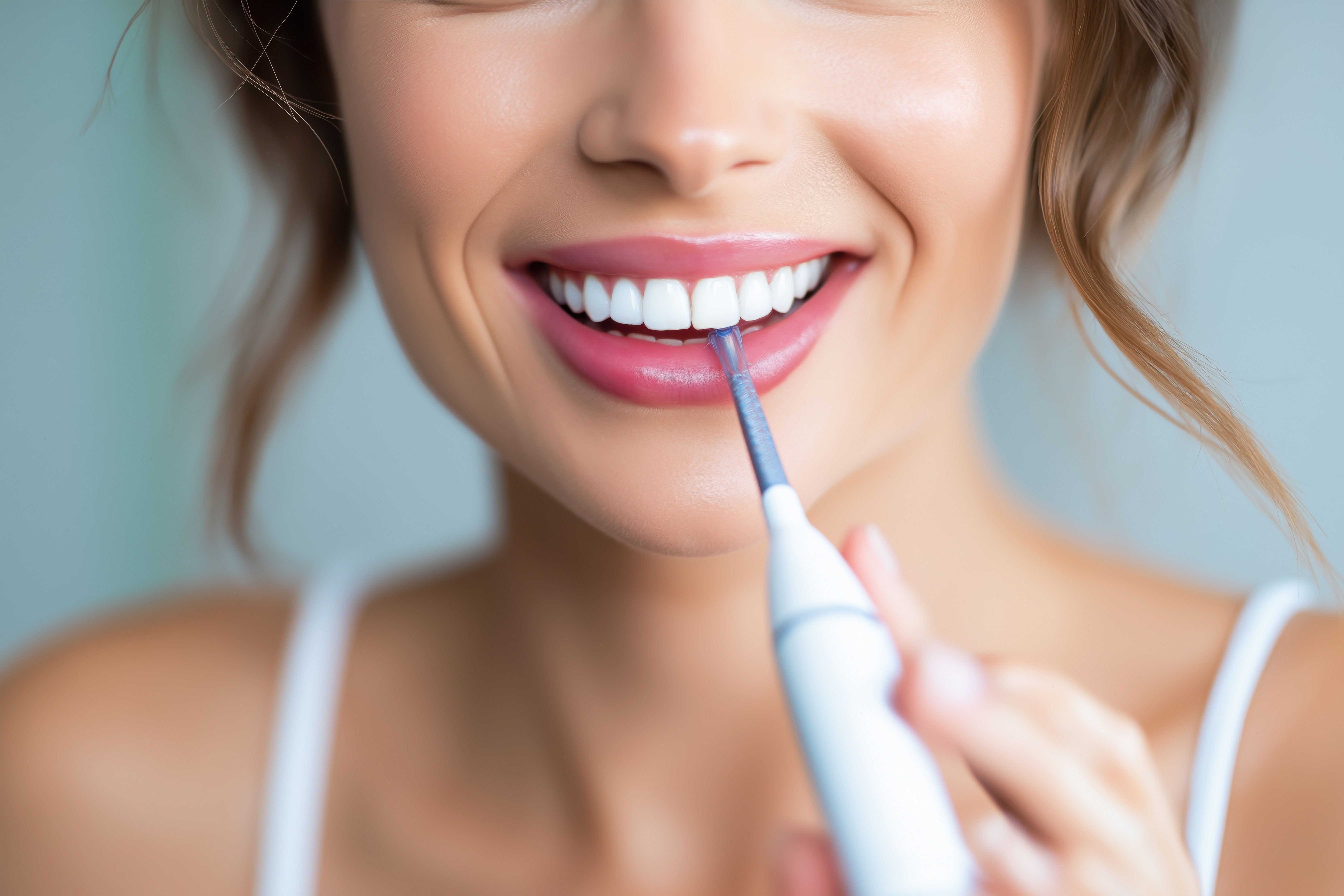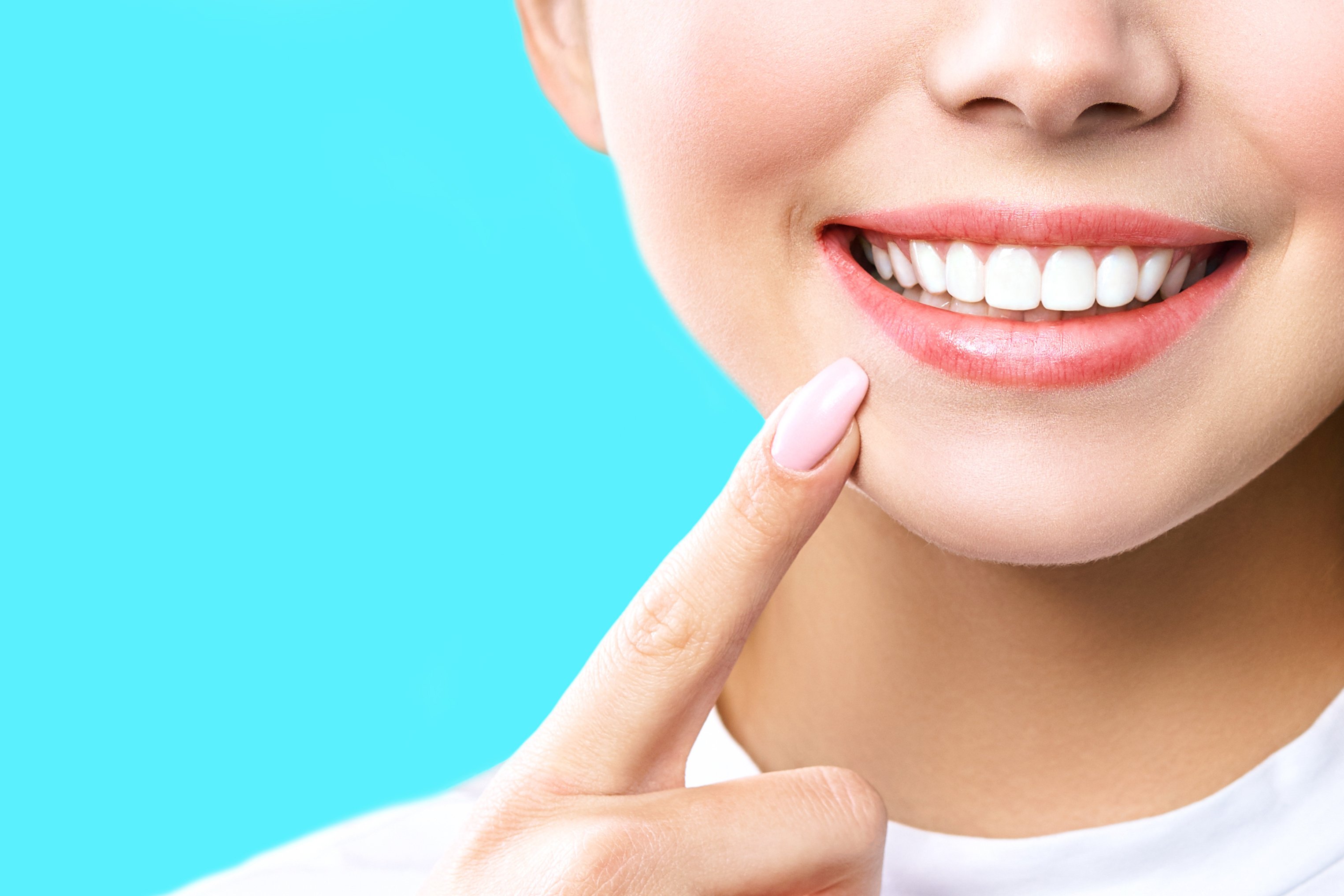Braces 101: The Complete Guide to Braces

While there’s nothing unusual about getting braces these days, many people still have a lot of questions about the process. Since orthodontic care is often a major investment for individuals and families, it pays to educate yourself about braces, how they work, what the treatment process is like, as well as alternatives to traditional metal bands and brackets.
Braces Basics
How Do Braces Work?
Braces apply pressure to your teeth and their surrounding bone structure. Over time, this pressure changes the position of your bones and teeth, bringing them into proper alignment.
In many cases, patients will need to attach rubber bands, also called elastics, to both the lower and upper bands to assist with the realignment. In addition, a patient may also have to wear a removable, external brace (also called “headgear”) that wraps around the head and attaches to the braces.
How Does Someone Get Braces?
Your dentist will let you know if you need braces and how to get braces. He or she can tell you what needs to be corrected and can also refer you to an orthodontist who can perform a more extensive assessment and provide you with treatment options.
Why do I Need an Orthodontist to Get Braces?
Orthodontists are dentists who have completed additional, extensive training in assessing a patient’s bite and jaw alignment. They have the expertise needed to manage your case so that you are able to get the results you want from braces or other orthodontic appliances.
What are the Different Types of Braces?
There are several different types of braces and orthodontic appliances that can be used to straighten teeth:
- Metal Braces: Standard metal braces are brackets and bands that your orthodontist will affix to your teeth using dental cement. They are strung together with wire and are used to move your teeth into alignment.
- Ceramic Braces: Similar to metal braces in design and function, ceramic braces can be tinted to match the color of your tooth enamel. This makes them less noticeable, and many people find ceramic braces to be more comfortable than the metal variety.
- Lingual Braces: Lingual braces are metal braces that are installed on the back of your teeth, making them hard to detect. While lingual braces are often more uncomfortable, they are an option for individuals who are very concerned about their appearance.
- Invisalign: Invisalign is actually an alternative to braces. Plastic trays, called “aligners,” are custom-fitted to your mouth. During treatment, you will switch out the trays regularly to bring your teeth and jaw into alignment. Many patients prefer Invisalign because the trays aren’t immediately noticeable, can be removed before eating, and are more comfortable than traditional braces.
Not all of these options are open to every patient. An orthodontist takes into consideration the complexity of a patient’s case before presenting alternatives. For example, both lingual braces and Invisalign are often only available to patients who have straightforward alignment issues.
How Long Does it Take to Get Braces?
The initial procedure takes one or two hours, depending on the complexity of your case. You’ll also have to visit your orthodontist regularly to have your braces adjusted and inspected.
How Long Do Braces Take to Work?
The length of orthodontic treatment depends on a number of factors, including the extent of the misalignment as well as the method chosen to correct the issue. Many people wear braces anywhere from 18 months to two years, though treatment time may be longer for individuals with very complex cases.
Another factor that affects how long a person is in braces is cooperation with orthodontic treatment. It’s important to show up for all of your adjustment appointments, and to comply with instructions regarding wearing headgear or using elastics. Failure to do so can lengthen your treatment time.
Braces Details
Do Braces Hurt?
Having braces put on is not itself painful, but you’ll probably start experiencing discomfort soon after leaving your orthodontist’s office. The discomfort stems from the pressure on the mouth and jaw, as well as the wires and brackets irritating the inside of your mouth.
Your orthodontist will give you a safe, non-toxic wax to cover the brackets, wires, and bands that may be causing irritation. In addition, you may decide to use over the counter pain relievers, as well as topical numbing gels, to make yourself more comfortable.
Both types of pain typically go away after the first week. You may experience discomfort after subsequent adjustments, but this is usually relatively mild and easily managed.
How Much Do Braces Cost?
The cost of orthodontic treatment varies by the complexity of the case as well as the type of braces used. Traditional braces and invisalign can vary in price and fluctuate based on the treatment needed and location.
Dental insurance often covers much of the cost of orthodontic treatment. In addition, orthodontists may participate in discount plans or financing programs that can make the cost of treatment more affordable.
How do You Take Care of Your Teeth With Braces?
Good oral hygiene is crucial during orthodontic treatment. Your dental hygienist will teach you how to brush and floss with braces so that you can keep your teeth clean and your gums healthy. Most dentists recommend brushing thoroughly after every meal, as it is easy for food to get trapped your braces.
It is also important that you see your dentist for regular exams and cleanings while you are undergoing orthodontic treatment. Your dentist and your orthodontist can advise you as to how often you need to go in for your checkups.
What is a Retainer?
A retainer is a custom fitted mouthpiece that holds your teeth in alignment after your braces have been removed. The length of time that you’ll be required to wear a retainer depends on your case, but may be as much as two years. Braces after retainers are rare, but may be necessary if the teeth begin shifting back after completing your treatment.
What Should I Not Eat With Braces?
If you are wearing traditional braces, you’ll need avoid eating certain foods that could either damage your braces or get wedged in them, possibly causing tooth decay and gum disease.
- Avoid sticky foods such as caramel or gum.
- Don’t chew on ice and avoid hard candy. Even if you normally just suck on the hard candy, you may be tempted at some point to bite down, which could break a wire or compromise a bracket.
- Corn-on-the-cob is almost impossible to eat with braces. Use a knife to slice the kernels off the cob.
- Avoid drinking acidic beverages (such as orange juice) right after you get your braces. The acid can irritate mouth sores.
- Since cleaning your teeth while you have braces can be challenging, avoid sugary, starchy foods that can increase your risk of developing plaque.
Final Word
If you think that you, or your child, may need braces, talk to your dentist. He or she can let you know whether braces are necessary or would be a good option. From there, you’ll want to make an appointment with an orthodontist.
At Gentle Dental, orthodontists are part of our team. That means that you may be able to see an orthodontist at your neighborhood dental office. Our office staff would be happy to schedule a consultation at a convenient time, including evenings and weekends. In addition, our financial professionals will work with you and your insurance company to ensure maximum coverage of the cost of Braces or aligners.


